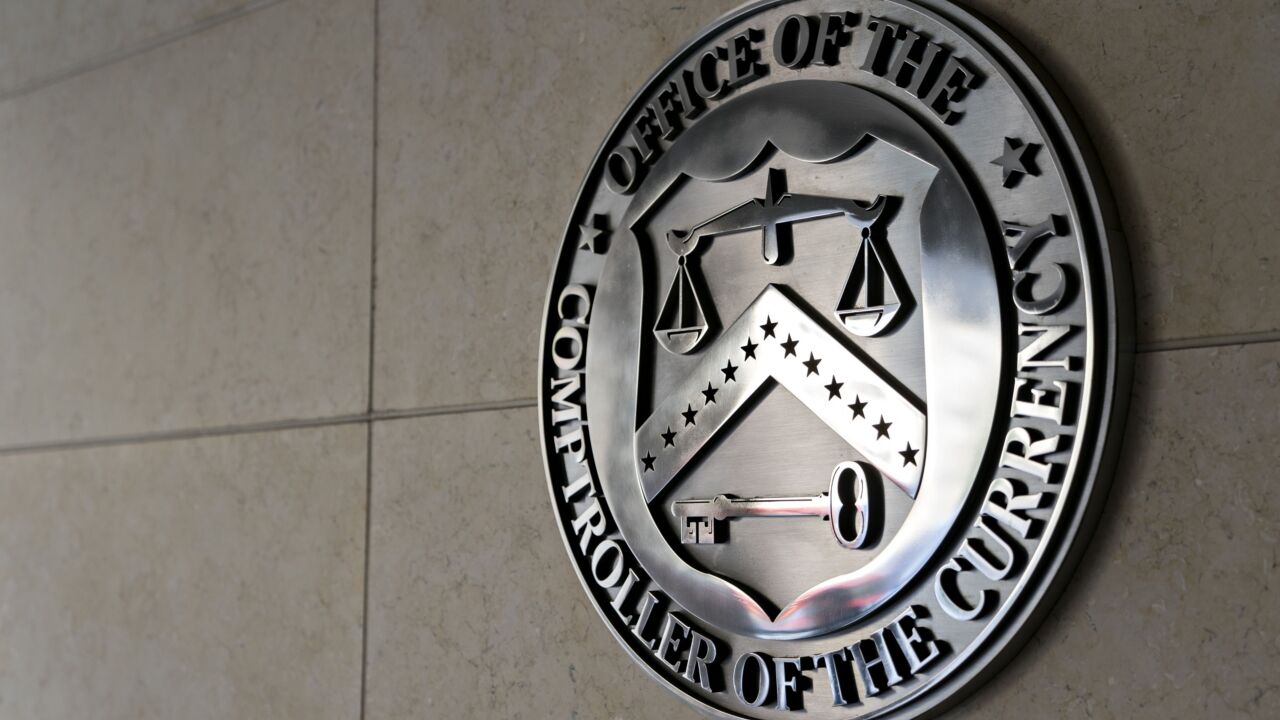To the Editor:
The kind of automated clearing house e-commerce payments discussed in "
Consumers, however, have less protection in a current-account payment than in a card payment, due to the fact that the payment legally is a withdrawal from the buyer's bank account and a deposit into the merchant's bank account. Chargebacks can only be done through the merchant since the funds, when deposited into the merchant bank account, are protected from chargeback by the bank deposit act.
This is great for the merchant like Wal-Mart but not for the customer, who is in a weaker position than for payments with a card where a cardholder can make chargebacks through the card issuer over undelivered goods and other problems.
So in the ACH payment Wal-Mart gets a lower transaction fee than it would with a card and also a firm grip on the funds - at the consumer's expense.
The reason electronic merchants so readily to embrace ACH-type payments is that they want consumers to have fewer rights to withdraw the payment due to delivery errors or dissatisfaction with the goods sold.
Many European countries protect the consumer by requiring that the credit institution guarantee fulfillment of the merchant commitment. This also applies to credit card payments but not ACH payments.
Therefore a consumer has many reasons for demanding payment with a credit card and avoiding ACH-type payments in e-commerce.





